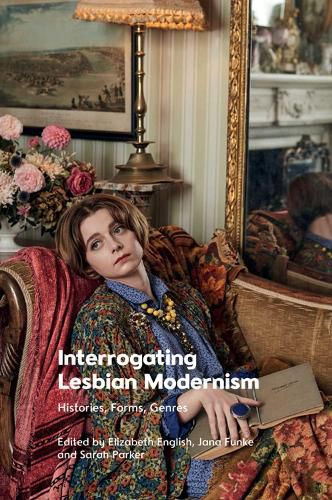Readings Newsletter
Become a Readings Member to make your shopping experience even easier.
Sign in or sign up for free!
You’re not far away from qualifying for FREE standard shipping within Australia
You’ve qualified for FREE standard shipping within Australia
The cart is loading…






Makiko Minow coined the phrase 'lesbian modernism' in 1989. Since then, scholars of lesbian modernism have produced crucial work to critique and expand the modernist canon.
At the same time, there has been ongoing critical debate about what constitutes a lesbian modernist text, who counts as a lesbian modernist author, and how lesbian modernism relates to queer and trans modernism. This edited volume presents twelve newly commissioned chapters that reassess and interrogate the meanings, uses and limitations of lesbian modernism by exploring a broad range of authors, genres and histories. Individual chapters investigate what work the concept of 'lesbian modernism' has done in the past, how its boundaries have been defined and contested, and what voices have been included and excluded. As a whole, the book demonstrates how the concept of lesbian modernism can be mobilised in new and meaningful ways to continue to inform and enrich modernist studies.
$9.00 standard shipping within Australia
FREE standard shipping within Australia for orders over $100.00
Express & International shipping calculated at checkout
Makiko Minow coined the phrase 'lesbian modernism' in 1989. Since then, scholars of lesbian modernism have produced crucial work to critique and expand the modernist canon.
At the same time, there has been ongoing critical debate about what constitutes a lesbian modernist text, who counts as a lesbian modernist author, and how lesbian modernism relates to queer and trans modernism. This edited volume presents twelve newly commissioned chapters that reassess and interrogate the meanings, uses and limitations of lesbian modernism by exploring a broad range of authors, genres and histories. Individual chapters investigate what work the concept of 'lesbian modernism' has done in the past, how its boundaries have been defined and contested, and what voices have been included and excluded. As a whole, the book demonstrates how the concept of lesbian modernism can be mobilised in new and meaningful ways to continue to inform and enrich modernist studies.